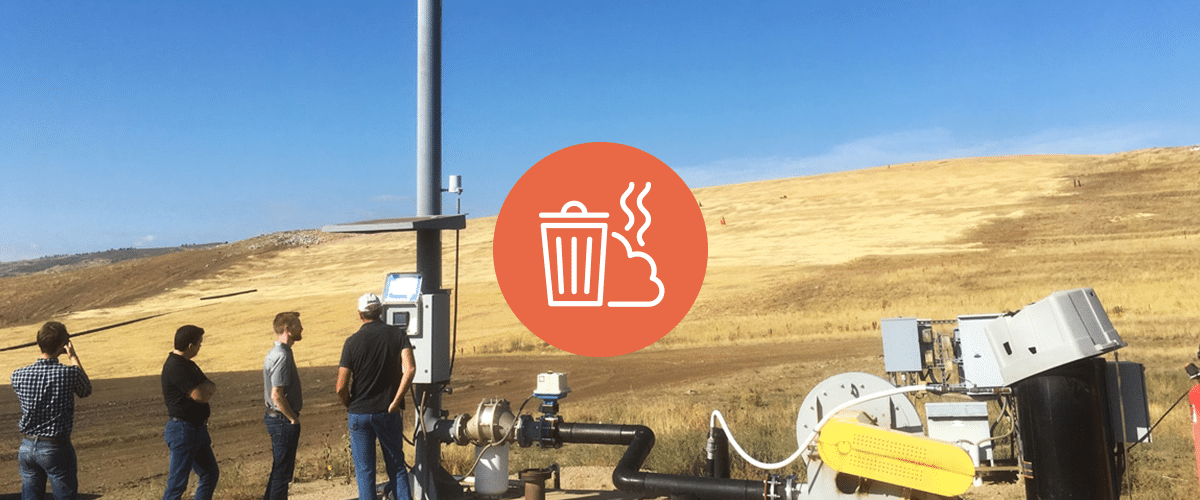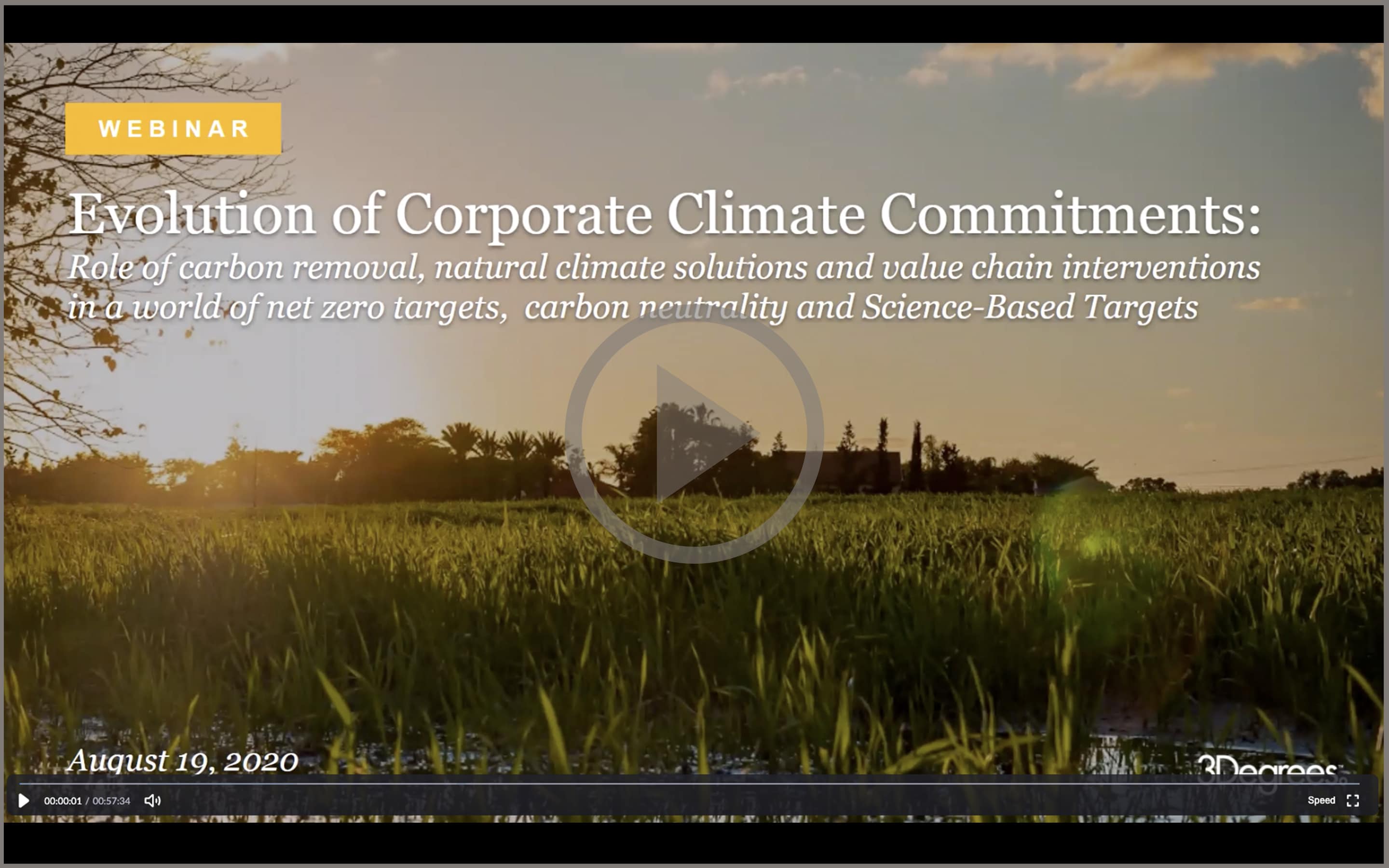
It has been nearly six months since COVID-19 upended nearly everything across the globe – disrupting lives, businesses, and industries in ways that will forever change the world. Many state and federal governments enacted shelter-in-place orders earlier this year that shuttered brick-and-mortar businesses or drastically limited the number of customers allowed through their doors. In an effort to contain the spread of the virus, residents in many countries are still being encouraged to limit their activities to those that are absolutely essential. One result of these lifestyle adjustments is an unprecedented number of consumers going online for their shopping needs.
According to a recent study by Adobe, online shopping sales in June of this year were up 76% compared to the same time last year.
These trends are likely to stick around even after the pandemic is behind us, with an expected 160% growth in online shopping from consumers who rarely or never shopped online before COVID hit. While there are obvious benefits of being able to shop from the safety of your home, the almost constant stream of delivery trucks in neighborhoods around the world has increased shipping-related carbon emissions.
Even before the pandemic, transportation emissions posed an increasing challenge in the fight against climate change. In 2016, the transportation sector surpassed the power sector as the largest emitter of greenhouse gas (GHG) emissions in the United States, responsible for over 29%1 of total emissions in the U.S., and 24%2 globally. In response, many businesses, particularly consumer goods and e-commerce companies, have been focused on better understanding their indirect (Scope 3) emissions and taking steps to address them.
One of the most significant demonstrations of this commitment was in early 2019 when Etsy became the first major online shopping destination to offset 100% of carbon emissions from shipping. As a global online marketplace, 98% of the company’s total carbon footprint falls within its Scope 3 emissions, driven by sellers shipping goods to buyers. The company took action to mitigate this carbon impact by investing in four unique emission reduction projects to offset the emissions from its global supply chain — and it cost them less than a penny per package.
With the current rise in online shopping and uncertainty about when or if consumer shopping behavior will return to a ‘pre-COVID normal’, many more companies have an opportunity to follow Etsy’s lead and take action to address the impact of their increased shipping-related emissions.
To take action on their shipping emissions, companies must first understand the scale of their footprint. While some companies calculate their shipping emissions on their own, many organizations opt to outsource this step. Advisors like 3Degrees can inform customers about the data required to perform these calculations, such as the, weight, distance, and mode of transportation of the goods being shipped. We then take these inputs and use emissions factors from WRI’s GHG Protocol to create a complete shipping emissions report with total metric tons of CO2 that result from goods shipped.
With a shipping footprint calculation completed, organizations can then work with a trusted firm to develop a portfolio of verified emission reductions (VERs) from existing projects, or support the development of new emissions reduction projects that tie directly to their business, industry, or supply chain. By matching verified emission reduction credits to their total shipping footprint, companies can make carbon neutrality shipping claims, reduce the environmental impact of their business, and play an important role in helping to decarbonize transportation.
COVID-19 has been a stark reminder that we are all connected citizens of this planet. With the long list of negative impacts brought on by this global pandemic, let’s not let this change in consumer shopping behavior add to that list by further accelerating climate change.
Companies can and should step up and take action to mitigate that impact and ensure that the environment doesn’t continue to suffer in a post-COVID world.
For more information on how 3Degrees can help your organization calculate its shipping emissions or take steps to address them, please contact us.
1. Bloomberg Sustainable Energy in America Factbook: https://www.bcse.org/factbook/
2. IEA Tracking Transport Report: https://www.iea.org/reports/tracking-transport-2019


 Health:
Health: Economic:
Economic:



Recent Comments